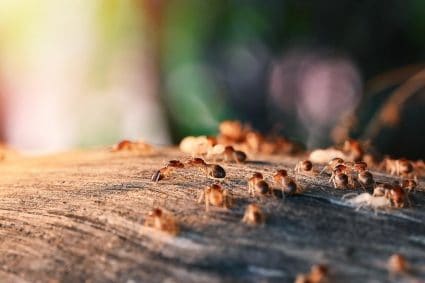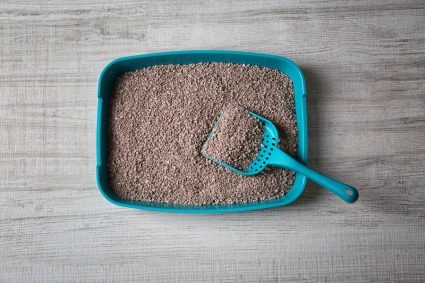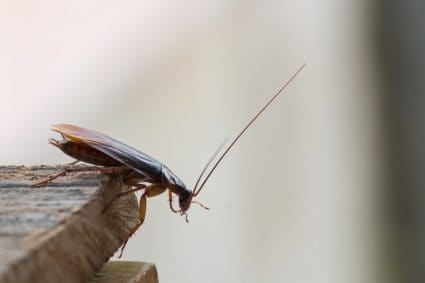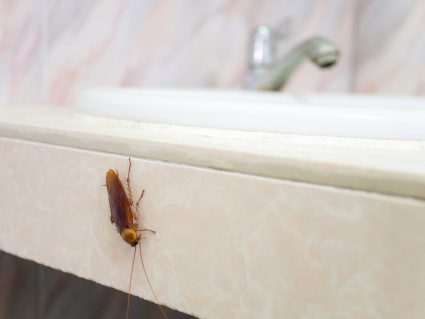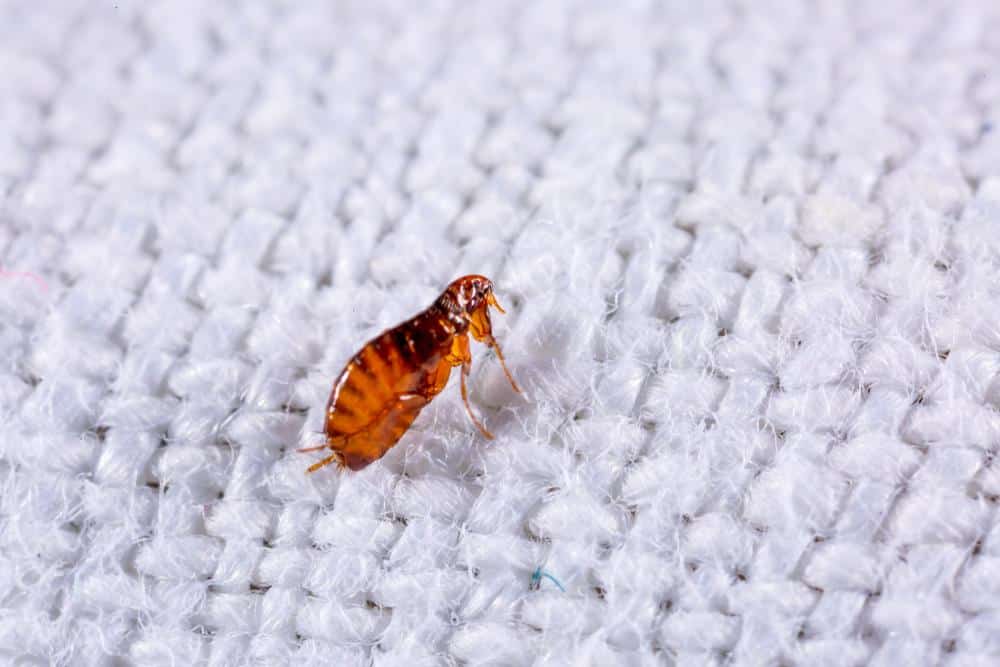
Fleas are notorious pests that are often associated with pets like cats and dogs. But what about humans? Do fleas hide on humans, and if so, where? This in-depth article will answer all your questions and provide you with comprehensive solutions to tackle flea infestations.
Fleas do not typically hide on humans as they prefer the fur of pets like cats and dogs. However, they can still bite humans, causing itchy and swollen red bumps. These bites are most likely to be found on the legs, ankles, waist, armpits, groin, and in the folds of elbows and knees. Fleas can survive solely on a diet of human blood, but they do not breed on humans. After feeding, they usually leave the human body.
Can Fleas Live on Humans?
Contrary to popular belief, fleas do not typically live on humans. Our relatively hairless bodies do not provide the ideal hiding spots for them, and it is much harder for them to hang onto our bare skin. However, fleas can still bite humans, causing itchy and swollen red bumps. Flea bites on humans are most likely to be found on the legs, ankles, waist, armpits, groin, and in the folds of elbows and knees.
While fleas can survive solely on a diet of human blood, they don’t breed on humans. In natural settings, cat fleas occasionally bite humans, but they take a blood meal and then leave. On humans, female fleas feed for an average of 7.4 minutes, and males for 4.4 minutes.
Where Do Fleas Hide?
Fleas prefer to hide on pets, such as dogs and cats, in areas like the neck, ears, back, belly, and near the base of the tail. Once inside your home, fleas may jump off an infested animal and hide in carpets, furniture, bedding, and cracks in the floor. They can also hide indoors on textured surfaces like carpet, bedding, clothing, and upholstery, which are particularly good hiding spots for flea larvae.
Signs of Flea Infestation on Humans
If you’re experiencing intense itching, especially around the lower half of your body, you might be dealing with flea bites. Flea bites typically appear as small, red, itchy spots, and may occur in a straight line or a cluster of many bites. Other signs might include swollen weals, which may develop within half an hour of the bite, and secondary infections from scratching.
How to Differentiate Flea Bites from Other Pests
Flea bites are commonly found on the lower half of the body, particularly around the ankles, lower legs, armpits, elbows, and knees. Flea bites tend to appear in clusters or lines, while bed bug bites usually appear in a straight line. Mosquito bites are more random and can be spread across the skin. Flea bites are small red bumps, while mosquito bites are raised, itchy pink skin bumps.
Preventative Measures Against Flea Infestations
To prevent flea infestations, it’s crucial to maintain good hygiene in the home, treat pets for fleas, and clean infested items and environments regularly. This includes vacuuming carpets, rugs, cushions on chairs and sofas, and other surfaces frequently, cleaning pet bedding and family bedding with soap and hot water every two to three weeks, and using EPA-registered insect repellents.
Natural Remedies to Prevent Flea Infestations
Natural remedies can also be effective in preventing flea infestations. Some of these include using essential oils like eucalyptus, peppermint, and lemongrass, which have insect-repelling properties. Diatomaceous earth, a naturally occurring powder, can also be used to kill fleas in the home by dehydrating them.
In conclusion, while fleas do not typically live on humans, they can still cause discomfort through their bites. By understanding where fleas hide and taking the necessary preventative measures, you can protect yourself and your pets from these pesky pests.
Frequently Asked Questions
Can fleas transmit diseases to humans?
Yes, fleas can transmit diseases to humans. They are known carriers of various diseases such as plague and murine typhus. They can also transmit tapeworms and cause allergic reactions.
How can I treat flea bites on humans?
Flea bites on humans can be treated with over-the-counter anti-itch creams and antihistamines to alleviate itching. It’s also recommended to wash the bitten area with soap and water to prevent secondary infections.
Can fleas survive in a human’s hair?
While fleas can technically jump onto a human’s head and hide in the hair, this is not a common occurrence. Fleas prefer hosts with a lot of body hair, like pets. Moreover, they cannot lay eggs and breed in a human’s hair as they can on pets.
What attracts fleas to humans?
Fleas are attracted to warmth, movement, and exhaled carbon dioxide, which makes both humans and pets attractive hosts. However, given a choice, fleas prefer non-human hosts.
How long can fleas live without a host?
Fleas can live about 100 days without a host if they are in their pupal stage. Adult fleas can only live around two weeks without a blood meal.


